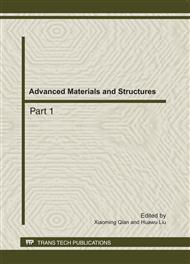p.1340
p.1344
p.1348
p.1352
p.1358
p.1364
p.1368
p.1376
p.1381
Net-Like ZnO/Carbon–Aerogel Composite as Anode Material for Ni-Zn Secondary Battery
Abstract:
Nanosized ZnO particles were prepared by a facile homogeneous precipitation method. Resorcinol-formaldehyde sol with addition of the ZnO particles was carbonized at 700 °C for 1.5 h to prepare ZnO/carbon-aerogel composite. TEM investigation shows that ZnO particles were em-bedded in 3-dimensional net-like carbon and covered uniformly by amorphous carbon coating. Compared with ZnO, the ZnO/carbon-aerogel composite showed better cycling stability, higher discharge capacity and lower charge-transfer resistance. The discharge capacity delivered by the ZnO/carbon-aerogel composite remained above 550 mAh g-1 during 40 cycles with little capacity loss. The enhanced electrochemical performances were mainly ascribed to the effects of the net-like structure of amorphous carbon, which uniformly surrounded the ZnO particles to guarantee good contact and acted as a skeleton to alleviate the shape change and dendrite growth of zinc electrode.
Info:
Periodical:
Pages:
1358-1363
Citation:
Online since:
September 2011
Authors:
Keywords:
Price:
Сopyright:
© 2011 Trans Tech Publications Ltd. All Rights Reserved
Share:
Citation:


